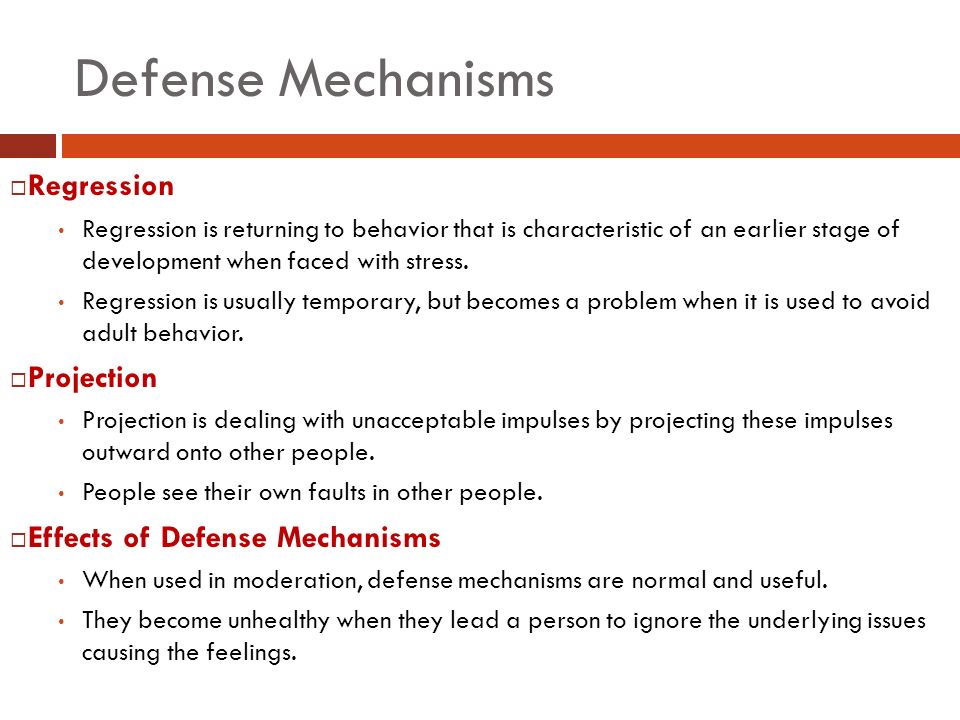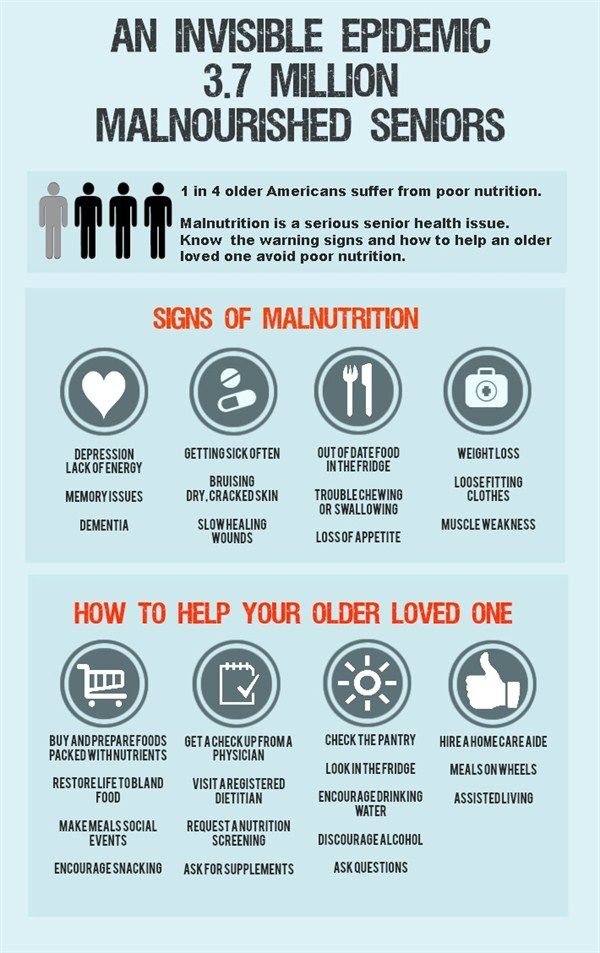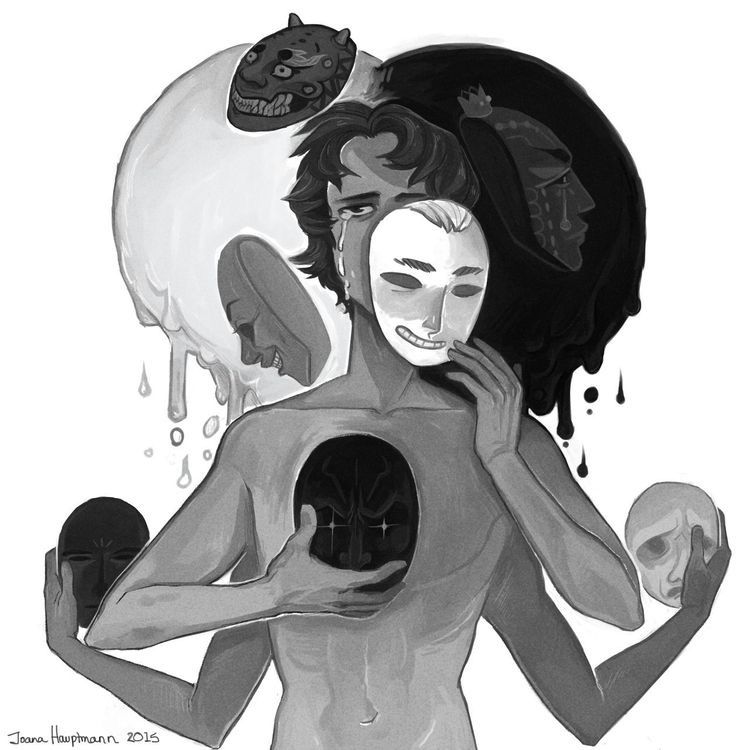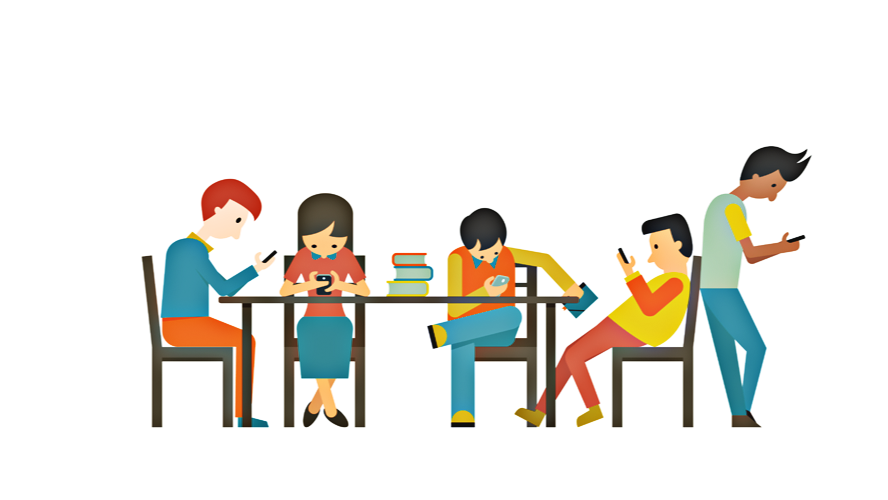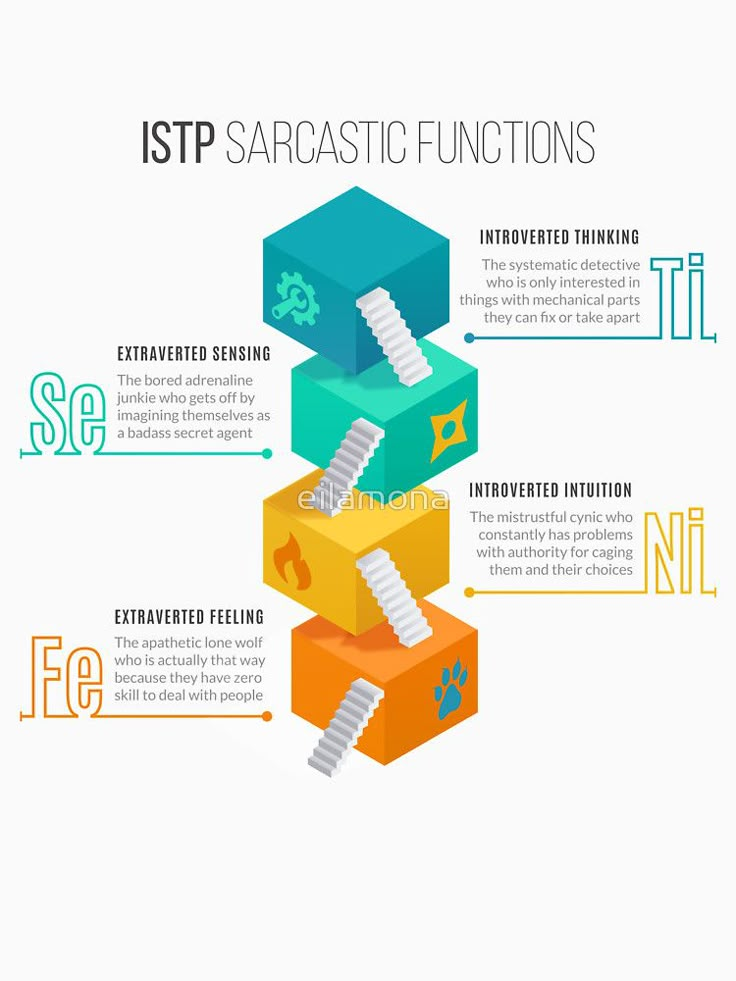What is my theoretical orientation quiz
psychotherapy theoretical orientation scale
AN INTERACTIVE TEST OF THEORETICAL ORIENTATION FOR MENTAL HEALTH CLINICIANS OR GRADUATE STUDENTS.
Scroll down to begin to take the Theoretical Evaluation Self Test (TEST), a scale of therapist theoretical orientation. (or click here) This interactive web version does not save or transmit your scores, it is for your educational use only.
TEST was created by Dan Coleman, MSW, Ph.D., a professor at Portland State University Graduate School of Social Work.
You may also download a printable version of TEST in Microsoft Word. (If you are using Internet Explorer, it may open the file as a Word document in explorer. Click on "save as" under the File menu to save the TEST to disk. It is designed to be printed two-sided on on legal size paper, and to be folded into a booklet with the scoring guide folded over.)
Click here to download the MS Word version of TEST.
Citations for TEST:
Coleman, D. (2007). Further factorial validity of a scale of therapist theoretical orientation. Research in Social Work Practice 17(4), 474-481.
Coleman, D. (2004). The Theoretical Evaluation Self Test (TEST): A Preliminary Validation Study. Social Work Research 28(2), 117-128. (Refereed)
Coleman, D. (2003). Learning about Therapy Theories: An Empirical Test of an Experiential Technique. Journal of Teaching in Social Work 23(3/4), 73-89. (Refereed)
Coleman, D. (2002). Personal Therapy: A Catalyst to Relational Awareness. Irish Journal of Psychology 23(1-2), 73-85. (Refereed)
If you have any questions or concerns before you take TEST, please click here [email protected] to send an email to Dr. Coleman.
size=3 align=center>
Instructions: TEST is an educational tool as well as a research instrument, so it is designed to give immediate feedback on your theoretical preferences.
Select the number which best reflects your agreement or disagreement with each item. When completed, you will have an opportunity to receive and interprete your score.
TIP: Use "Tab" to move from response to response.
1. One central therapeutic factor is the symbolic recreation of a nurturing caretaker relationship with the therapist.
| 1=strongly disagree | 2=disagree | 3= mildly disagree | 4= neutral | 5=mildly agree | 6=agree | 7=strongly agree |
Enter 1-7 here
2. The therapist should educate the client about the relationship of patterns of cognition and many mental health problems.
| 1=strongly disagree | 2=disagree | 3= mildly disagree | 4= neutral | 5=mildly agree | 6=agree | 7=strongly agree |
Enter 1-7 here
3. The therapist's unconditional positive regard for the client is a crucial therapeutic factor.
The therapist's unconditional positive regard for the client is a crucial therapeutic factor.
| 1=strongly disagree | 2=disagree | 3= mildly disagree | 4= neutral | 5=mildly agree | 6=agree | 7=strongly agree |
Enter 1-7 here
4. It is important for therapists to see clients together with their families.
| 1=strongly disagree | 2=disagree | 3= mildly disagree | 4= neutral | 5=mildly agree | 6=agree | 7=strongly agree |
Enter 1-7 here
5. The therapeutic alliance is important primarily to provide a foundation for collaborative case management.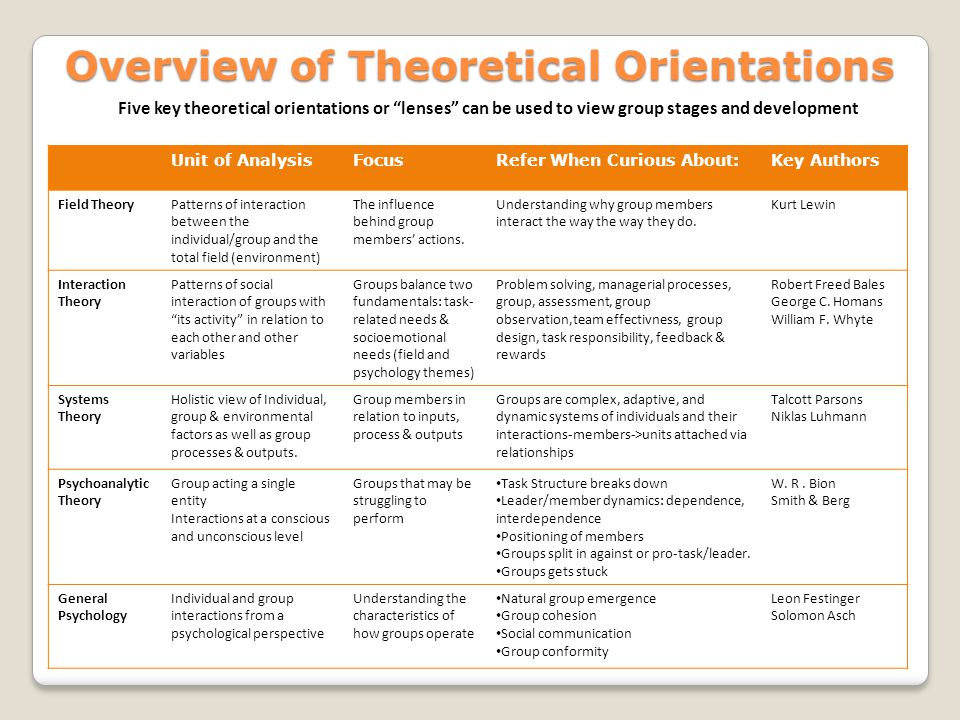
| 1=strongly disagree | 2=disagree | 3= mildly disagree | 4= neutral | 5=mildly agree | 6=agree | 7=strongly agree |
Enter 1-7 here
6. Human behavior is shaped by patterns of reinforcements and punishments in the environment.
| 1=strongly disagree | 2=disagree | 3= mildly disagree | 4= neutral | 5=mildly agree | 6=agree | 7=strongly agree |
Enter 1-7 here
7. Change occurs in therapy because of the therapist's empathic, non-judgmental,positive attitude towards the client.
| 1=strongly disagree | 2=disagree | 3= mildly disagree | 4= neutral | 5=mildly agree | 6=agree | 7=strongly agree |
Enter 1-7 here
8. Psychoeducation about the benefits and side effects of medications is an important part of treatment.
Psychoeducation about the benefits and side effects of medications is an important part of treatment.
| 1=strongly disagree | 2=disagree | 3= mildly disagree | 4= neutral | 5=mildly agree | 6=agree | 7=strongly agree |
Enter 1-7 here
9. Dreams discussed in therapy can uncover significant unconscious wishes, conflicts and feelings.
| 1=strongly disagree | 2=disagree | 3= mildly disagree | 4= neutral | 5=mildly agree | 6=agree | 7=strongly agree |
Enter 1-7 here
10. Most psychotherapy theories are distractions from the central task of solving the client's problems.
| 1=strongly disagree | 2=disagree | 3= mildly disagree | 4= neutral | 5=mildly agree | 6=agree | 7=strongly agree |
Enter 1-7 here
11. Advocacy with other providers on behalf of clients is a central role of the therapist.
| 1=strongly disagree | 2=disagree | 3= mildly disagree | 4= neutral | 5=mildly agree | 6=agree | 7=strongly agree |
Enter 1-7 here
12. It is important for the therapist to respond to clients with spontaneous, genuine affect.
| 1=strongly disagree | 2=disagree | 3= mildly disagree | 4= neutral | 5=mildly agree | 6=agree | 7=strongly agree |
Enter 1-7 here
13.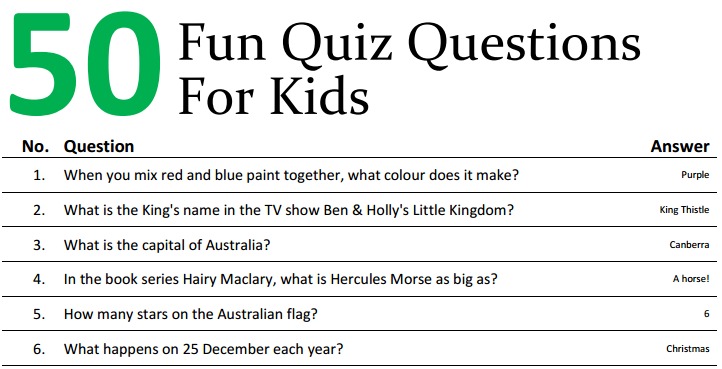 Primary emphasis should be placed on the client's interactions with his or her family.
Primary emphasis should be placed on the client's interactions with his or her family.
| 1=strongly disagree | 2=disagree | 3= mildly disagree | 4= neutral | 5=mildly agree | 6=agree | 7=strongly agree |
Enter 1-7 here
14. The role of the therapist is to advise and guide the client.
| 1=strongly disagree | 2=disagree | 3= mildly disagree | 4= neutral | 5=mildly agree | 6=agree | 7=strongly agree |
Enter 1-7 here
15. Client's problems are often caused by negative patterns of thinking.
| 1=strongly disagree | 2=disagree | 3= mildly disagree | 4= neutral | 5=mildly agree | 6=agree | 7=strongly agree |
Enter 1-7 here
16.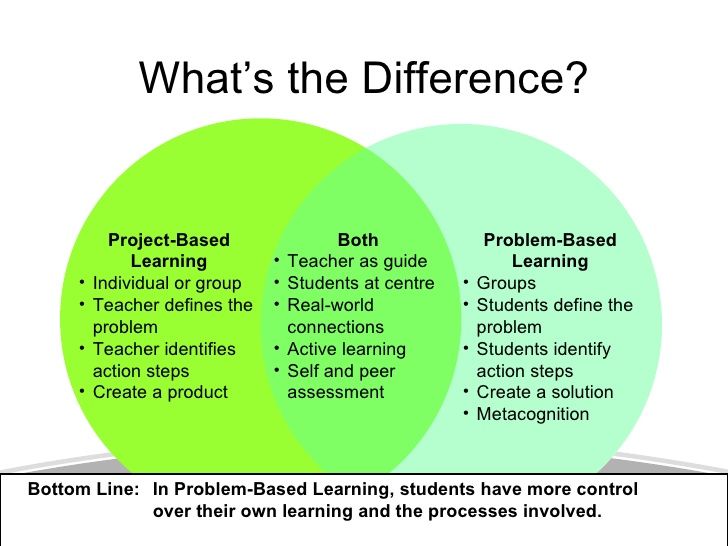 Psychological problems vary with the culture of the client.
Psychological problems vary with the culture of the client.
| 1=strongly disagree | 2=disagree | 3= mildly disagree | 4= neutral | 5=mildly agree | 6=agree | 7=strongly agree |
Enter 1-7 here
17. Many mental health problems are effectively treated with medication.
| 1=strongly disagree | 2=disagree | 3= mildly disagree | 4= neutral | 5=mildly agree | 6=agree | 7=strongly agree |
Enter 1-7 here
18. The therapist should be active, directive and goal-oriented.
| 1=strongly disagree | 2=disagree | 3= mildly disagree | 4= neutral | 5=mildly agree | 6=agree | 7=strongly agree |
Enter 1-7 here
19. Client's problems are often contributed to by social problems and gaps in the social service system.
Client's problems are often contributed to by social problems and gaps in the social service system.
| 1=strongly disagree | 2=disagree | 3= mildly disagree | 4= neutral | 5=mildly agree | 6=agree | 7=strongly agree |
Enter 1-7 here
20. It is important to attend to what the client is projecting onto the therapist.
| 1=strongly disagree | 2=disagree | 3= mildly disagree | 4= neutral | 5=mildly agree | 6=agree | 7=strongly agree |
Enter 1-7 here
21. The therapist should teach clients techniques to address problem areas.
| 1=strongly disagree | 2=disagree | 3= mildly disagree | 4= neutral | 5=mildly agree | 6=agree | 7=strongly agree |
Enter 1-7 here
22. When one person in a family is experiencing problems, it is usually the expression of family communication and relationship problems.
When one person in a family is experiencing problems, it is usually the expression of family communication and relationship problems.
| 1=strongly disagree | 2=disagree | 3= mildly disagree | 4= neutral | 5=mildly agree | 6=agree | 7=strongly agree |
Enter 1-7 here
23. Many clients can benefit from psychiatric medication.
| 1=strongly disagree | 2=disagree | 3= mildly disagree | 4= neutral | 5=mildly agree | 6=agree | 7=strongly agree |
Enter 1-7 here
24. It is important to assess not only the person seeking services, but his or her environment as well.
| 1=strongly disagree | 2=disagree | 3= mildly disagree | 4= neutral | 5=mildly agree | 6=agree | 7=strongly agree |
Enter 1-7 here
25. Change occurs in therapy through restoring healthy family structures.
| 1=strongly disagree | 2=disagree | 3= mildly disagree | 4= neutral | 5=mildly agree | 6=agree | 7=strongly agree |
Enter 1-7 here
26. It is essential for therapists to be aware of the values and worldview of their own culture and how they might affect clients.
| 1=strongly disagree | 2=disagree | 3= mildly disagree | 4= neutral | 5=mildly agree | 6=agree | 7=strongly agree |
Enter 1-7 here
27. Change occurs in therapy because of the client's insight into characteristic ways of relating with others set in early childhood.
Change occurs in therapy because of the client's insight into characteristic ways of relating with others set in early childhood.
| 1=strongly disagree | 2=disagree | 3= mildly disagree | 4= neutral | 5=mildly agree | 6=agree | 7=strongly agree |
Enter 1-7 here
28. It is helpful to ask questions to lead the client to realize their mistakes or misperceptions.
| 1=strongly disagree | 2=disagree | 3= mildly disagree | 4= neutral | 5=mildly agree | 6=agree | 7=strongly agree |
Enter 1-7 here
29. There is evidence that most mental health problems have biological causes.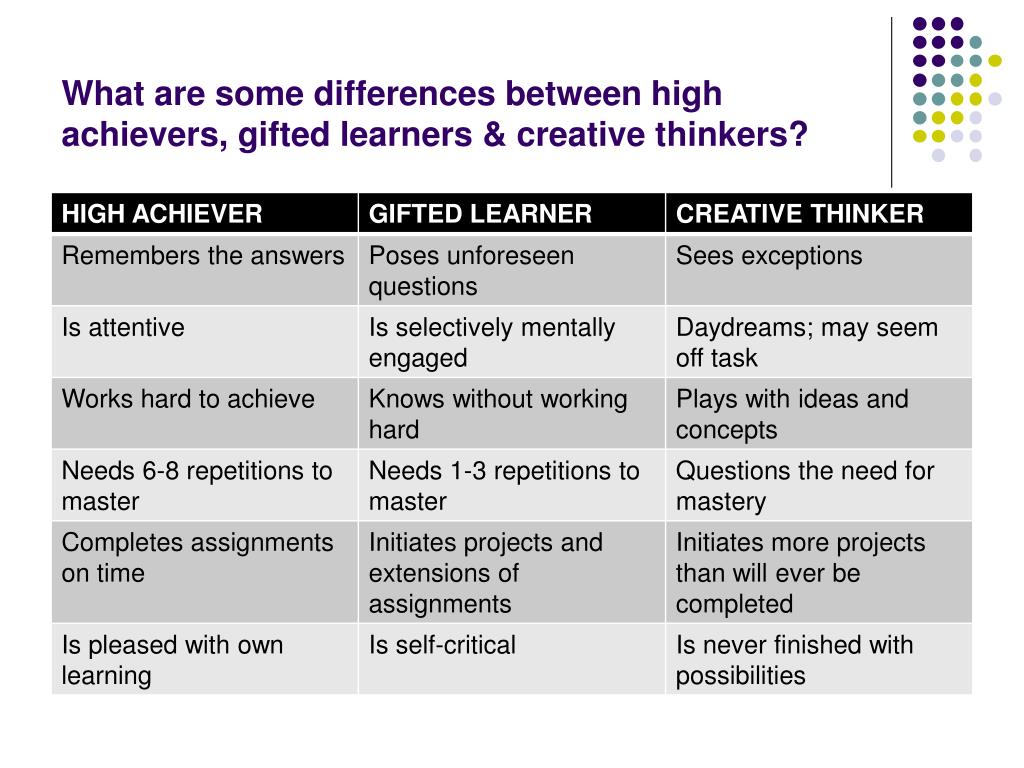
| 1=strongly disagree | 2=disagree | 3= mildly disagree | 4= neutral | 5=mildly agree | 6=agree | 7=strongly agree |
Enter 1-7 here
30. Denial, repression, intellectualization and other defense mechanisms are important to understanding psychology.
| 1=strongly disagree | 2=disagree | 3= mildly disagree | 4= neutral | 5=mildly agree | 6=agree | 7=strongly agree |
Enter 1-7 here
Click on "Compute" to calculate and display your scores in the table below.
INTERPRETING YOUR RESULTS
| SUBSCALE | YOUR SCORE | SAMPLE OF 130 |
|
|
| mean (SD) |
| Psychodynamic | 26. | |
| Biological | 14.6 (4.0) | |
| Family | 18.2 (4.0) | |
| Ecosystems | 24.2 (2.6) | |
| Cognitive | 25 (4.5) | |
| Pragmatic | 20.1 (5.7) | |
| Humanistic | 10.4 (2.4) |
INTERPRETING YOUR SCORE: The subscales used to add up your scores(psychodynamic, biological, etc) are derived from a factor analysis of the responses of 130 subjects. See below for sample information. Some participants have found it helpful to refer back to their responses to individual items to see if there are parts of a theory they tend to agree with more or less. The column, "Sample of 130", provides the means and standard deviations of the sample of 130 community clinicians. Since these are from one selectively drawn sample, they provide a reference point but are not "norms". (These are means of the summed scale scores, not standarized to the 1 item level). To aid you in interpretation of the mean +/- 1 standard deviation would include 68% of the sample, and +/- 2 standard deviations would include 95% of the sample. One caution is that the reliability of the scale is adequate to discriminate group differences, but not individual differences. These scores should be used to stimulate reflection, but not as precise measurements of individual theoretical orientation. Sample Information: (n=130) Fifty-six (43%) of the subjects were MSW students, and 74 (57%) were practicing clinicians. Ninety-three (72%) were social work associated (students and practitioners) and 37 (28%) were from the other mental health professions. The average age of subjects was 35 (sd=13.7). The average practice experience of practictioners was 13.8 years (sd=11.2).
Since these are from one selectively drawn sample, they provide a reference point but are not "norms". (These are means of the summed scale scores, not standarized to the 1 item level). To aid you in interpretation of the mean +/- 1 standard deviation would include 68% of the sample, and +/- 2 standard deviations would include 95% of the sample. One caution is that the reliability of the scale is adequate to discriminate group differences, but not individual differences. These scores should be used to stimulate reflection, but not as precise measurements of individual theoretical orientation. Sample Information: (n=130) Fifty-six (43%) of the subjects were MSW students, and 74 (57%) were practicing clinicians. Ninety-three (72%) were social work associated (students and practitioners) and 37 (28%) were from the other mental health professions. The average age of subjects was 35 (sd=13.7). The average practice experience of practictioners was 13.8 years (sd=11.2).
Use the scroll bar to the right of the text box to find out how you can interpret your score.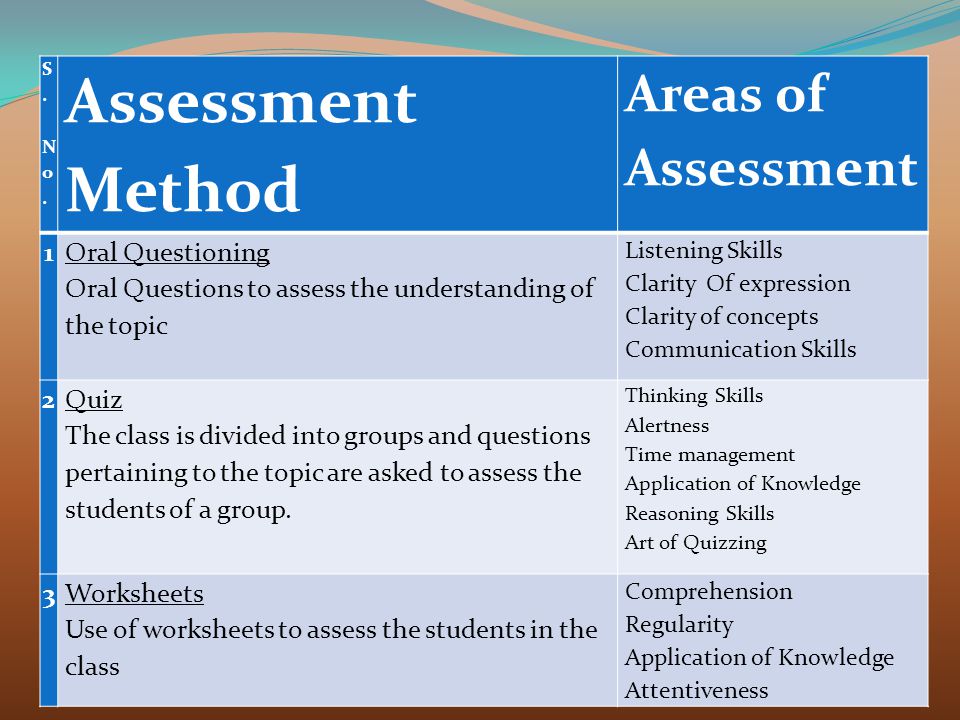
If you have any questions or concerns regarding TEST, please click here [email protected] to send an email to Dr. Daniel Coleman.
Last Updated: 7 September 2008
Finding Your Theoretical Fit | Society for the Advancement of Psychotherapy
In clinical and counseling psychology, human behavior is understood through varying lenses called theoretical orientations. Key factors that influence orientation include a practitioner’s unique personality and particular way of conceptualizing the human condition. These factors come into play in clinical and counseling psychology training programs, where students must select one of these orientations in order to practice psychotherapy in a coherent manner.
The programmatic demands of many training programs are such that a trainee must simultaneously develop a didactic mastery of the varying theoretical orientations while also expanding their understanding of themselves as related to a particular theoretical preference. Particularly for a first year student, this is a potentially daunting task.
Particularly for a first year student, this is a potentially daunting task.
One way of bridging this gap is to develop an informal tool which is lighthearted yet informative, and could potentially orient the student toward a clinical perspective without pigeonholing them. The authors of this study will present such a tool in the form of a “PlayBuzz” quiz, developed with the specific intent of elucidating preference for a specific theoretical orientation by assessing aspects of the individual’s personality and worldview.
Literature Review
Previous research suggests that certain factors may lead a psychotherapist in training toward a specific theoretical orientation. “At its most basic level, theoretical orientation can be conceptualized as a therapist pretreatment characteristic or a factor that is thought to relate to psychotherapy process and outcome” (Boswell, Castonguay, and Pincus, 2009, p. 291). Trainees often seek out an approach to psychotherapy that is meaningful and congruent with their personality traits (Mason, 2012).
Some studies have used specific personality measures to capture this. Ogunfowora and Drapeau (2008) used the HEXACO Personality Inventory, which defines some specific traits as follows: agreeableness is a tendency toward forgiveness, compromise, cooperation, and control of one’s temper; conscientiousness is a tendency toward organization, discipline, and perfection; openness is a tendency toward inquisitiveness, imagination, and beauty in art and nature. Specifically, a psychodynamic orientation is positively predicted by openness and negatively by agreeableness, whereas a humanistic/existential orientation is positively predicted by openness and negatively by conscientiousness. Further, a family systems orientation is positively predicted by agreeableness, and a cognitive behavioral orientation is positively predicted by conscientiousness (Ogunfowora & Drapeau, 2008).
While there are other factors that contribute to a psychotherapist’s choice of theoretical orientation (including worldview and past experience), for the sake of this paper, personality factors will be the main variable explored.
Proposed PlayBuzz Quiz
So how does one go about creating a map that can allow introductory students to find their way through the many theoretical orientation options and choose those that best fit their personalities and their worldviews? The answer lies in understanding the pedagogical rationale behind the PlayBuzz questions. According to the research conducted by Ogunfowora & Drapeau (2008), the personality features that best predict a student’s predilection toward a specific theoretical orientation are agreeableness, conscientiousness, and extraversion.
The authors, all interns at the University of Denver Graduate School of Professional Psychology Internship Consortium (an exclusively affiliated program that is APA accredited), decided to develop a PlayBuzz quiz in Research Seminar as their shared scholarship project for the year. To make the quiz more efficient, we chose four different theoretical orientations on which to focus: Cognitive Behavioral Therapy, Psychodynamic, Humanistic, and Systems theories. We then took the personality features shown to be correlated to orientation preference and developed questions with answers highlighting those features. We agreed on the final questions through group brainstorming.
We then took the personality features shown to be correlated to orientation preference and developed questions with answers highlighting those features. We agreed on the final questions through group brainstorming.
For example, to highlight agreeableness, the authors chose the question “Someone cuts you off in traffic. How do you understand this?” The answers to these questions that emphasize the trait of agreeableness include, “They probably didn’t see me” and “Everyone has bad days sometimes.” When an individual chooses one of these answers, they load on agreeableness which indicates a predilection to systems theory. If an individual chooses one of the other options, it loads them on the opposite of agreeableness and indicates a partiality for psychodynamic theory.
Another example includes questions that emphasize conscientiousness. CBT is positively correlated with conscientiousness while Humanistic/Existential is not (Ogunfowora & Drapeau, 2008). The answers to the question “What’s your ideal weekend?” and the prompt: “Pick a Hashtag” are positively associated with organization and discipline. Aspects of conscientiousness (“Being Productive” and “#justdoit”) will load on a CBT preference, while answers that are negatively associated with conscientiousness (“#YOLO” and “Pondering life in the park”) will load on a Humanistic preference.
Aspects of conscientiousness (“Being Productive” and “#justdoit”) will load on a CBT preference, while answers that are negatively associated with conscientiousness (“#YOLO” and “Pondering life in the park”) will load on a Humanistic preference.
In total, we designed a quiz with 9 questions. All of these questions addressed various domains and finish by offering the quiz taker with a suggestion for a specific theoretical orientation that may fit their specific personality aspects. The questions for the quiz are listed in Appendix A and the quiz we developed may be accessed here:
https://www.PlayBuzz.com/lindsey11/what-is-your-psychological-theoretical-orientation
Discussion
This quiz was a light-hearted attempt to provide guidance to incoming graduate students in clinical and counseling psychology. We are hoping that rather than providing a true assessment of an individual’s theoretical orientation, it will open up meaningful discussion about areas of potential clinical interests. The authors recommend using the PlayBuzz quiz during an orientation activity or in a beginning seminar or class to elucidate how one’s personal characteristics might guide clinical practice.
The authors recommend using the PlayBuzz quiz during an orientation activity or in a beginning seminar or class to elucidate how one’s personal characteristics might guide clinical practice.
It is important to understand the limitations of this PlayBuzz quiz. The quiz is not an accurate predictor of future orientation or career paths. Rather, it is strictly a tool that can help students understand how their personal characteristics align with certain theoretical orientations. It is not an empirically validated measure and would require further study to determine its validity and reliability. Additionally, the authors only looked at some aspects of personality that were highlighted in the literature as being correlated to theoretical orientation preference.
Research also suggests that other aspects about an individual’s personality as well as demographics and worldview influence preference toward an orientation as well. This PlayBuzz quiz did not take these into account, but one could be created that would better encompass personal characteristics, demographics, and worldview while maintaining the playful approach.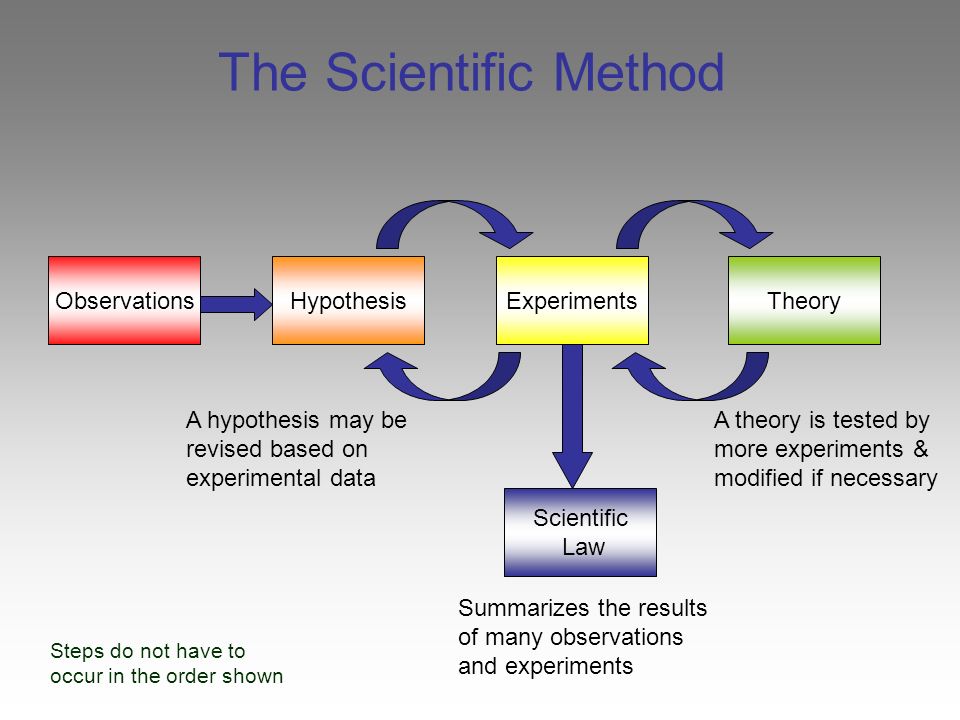
Summary and Recommendations
The purpose of this paper is to provide an assessment measure in the form of a simple quiz to help determine whether or not individual personality factors and worldview can predict an affinity for theoretical orientation. Although there has been research to suggest that there is a relationship between personality traits and ascribed theoretical orientation, there is little research exploring the relationship between worldview and these factors.
Future research that explores this hypothesis that worldview, in addition to personality, can help predict theoretical orientation is recommended. Additionally, it is recommended that future researchers conduct a statistical analysis or longitudinal study aimed at establishing whether or not the current measure can be empirically validated. This type of measure could be an extremely valuable tool in providing clinicians in training with guidance and direction in choosing an appropriate theoretical orientation that best fits their personality and worldview. In the meantime, we hope this quiz will be a fun and creative way to help psychologists in training find their best theoretical fit.
In the meantime, we hope this quiz will be a fun and creative way to help psychologists in training find their best theoretical fit.
+19
-15
Projective fairy tale test and its possibilities in the study of the child's personality
Theoretical substantiation of the Projective fairy tale test (PST) is given, the results of the study of its reliability and validity are analyzed. The test is psychoanalytically oriented and measures 26 variables such as aggression, oral needs, anxiety, acceptance needs, affiliative needs, fear of aggression, depression, self-esteem, superiority, possessiveness, etc. The test provides an opportunity to explore the child's emotional problems. , its motivational-required sphere, as well as protective mechanisms. The test was adapted on a Russian sample, the norms were developed for children 7-8, 9-10 and 11-12 years old.
Keywords: fairy tale, unconscious, Projective fairy tale test, personality variables, child's emotional problems.
DESCRIPTION OF THE PROJECTIVE FAIRY TEST
Despite criticism of projective tests, they remain very popular among psychologists. The reason for such popularity lies in the wealth of clinical material obtained with their help, in the ability to explore the unique nature of the dynamic organization of the personality, in a holistic vision of a person. Among the shortcomings of projective methods include their low reliability and validity, the great dependence of interpretation on clinical experience and the theoretical orientation of the psychologist. nine0003
The Fairy Tale Test (author K. Kolakoglou, Greece) has an important advantage - it is a standardized diagnostic tool (the test was standardized on a large sample of Greek children, N= 800). Its purpose is to help the psychologist assess the child's personality dynamics, as well as his personality traits in relation to each other. The projective fairy tale test (PST) can be effectively used as a basic technique for clinical diagnosis of children aged 7-12 years and as a tool for assessing a child's personality changes over a certain period of time.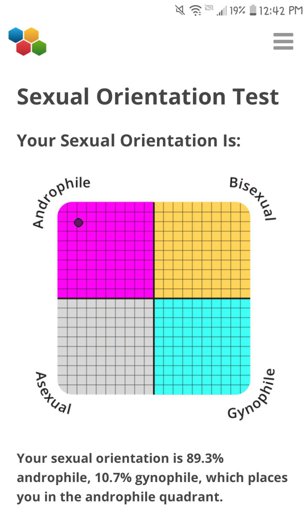 nine0003
nine0003
The test is based on the psychoanalytic idea of the connection between fairy tales and unconscious processes. The stimulus material of the test consists of seven sets of cards (three cards each) depicting famous characters from children's fairy tales: Little Red Riding Hood, Wolf, Dwarf, Giant, Witch, as well as scenes from the fairy tales "Little Red Riding Hood" and "Snow White and the Seven Dwarfs" . According to the psychoanalytic interpretation, the character of the heroes of the tale is seen as an expression of significant people in the life of a child, most often, parents, as a reflection of the experience of the individual and, finally, as a representation of the instances of the Id, Ego and Super-ego. Heroes and scenes from fairy tales have three versions of the image: two drawings capture the most representative features of the characters that can be found in films or illustrations, and the third version differs from those that are familiar and popular. This is done with the intent that it elicits the most meaningful or original responses from the child. Scenes from fairy tales are presented as if they depict the beginning, middle and end of a fairy tale. nine0003
Scenes from fairy tales are presented as if they depict the beginning, middle and end of a fairy tale. nine0003
The projective fairy tale test measures 26 variables, such as aggression, oral needs, anxiety, need for acceptance, affiliative need, fear of aggression, depression, self-esteem, striving for superiority, a sense of ownership, etc. well-known defense mechanisms, including annihilation, reaction formation, rationalization, projective identification, projection, splitting, and denial.
The test takes approximately 45 minutes to complete. The child is given the following instruction: “We will play a game with famous fairy tale characters. I'll ask you a few questions about them, I'm interested in your opinion. There are three cards with Little Red Riding Hood. What does each of them think/feel? Cards are presented in the standard order. The child's responses are coded from 1 to 3 depending on the intensity or severity of the variable (1 point - low intensity, 3 points - high intensity). nine0003
nine0003
The projective fairy tale test was adapted to the Russian sample. The study involved 600 children from secondary schools in the city of Orel (200 children 7-8 years old, 200 children 9-10 years old and 200 children 11-12 years old, with an equal number of boys and girls in each age group). The sample was formed by randomization. The adaptation was attended by senior students of the Department of Psychology of the Oryol State University Yu. Aldoshina, S. Mulyukina, O. Bubnova, L. Guseva, S. Dudin, L. Kaznacheeva. All of them were trained in the procedure for using the test at a seminar conducted by K. Kolakoglou. The norms obtained for children 7-12 years old are published in the test manual [1]. nine0003
TEST STIMULUS MATERIAL AND NATURE OF CHILDREN'S RESPONSES
The projective fairy tale test is based on the idea that the child identifies himself with the hero of the fairy tale depicted in the picture, or with another hero whose presence is implied according to the plot of the fairy tale. For example, a child may identify with both the Wolf and Little Red Riding Hood. In the first case, the content of the projection will be aggression, in the second case, the fear of aggression. A similar situation develops when presented with pictures of the Witch: some children identify themselves with the Witch (the aggressor), others with Snow White (the victim of aggression). In fairness, we note that not always the stimulus material caused the projection of personally significant material (emotions, needs of the child). Some children simply retell the plot of the tale or describe the depicted characters. There were also such children in whom the stimulus material caused the actualization of real experience (for example, the children said that Little Red Riding Hood was afraid that their mother and grandmother would scold them for bad grades). nine0003
For example, a child may identify with both the Wolf and Little Red Riding Hood. In the first case, the content of the projection will be aggression, in the second case, the fear of aggression. A similar situation develops when presented with pictures of the Witch: some children identify themselves with the Witch (the aggressor), others with Snow White (the victim of aggression). In fairness, we note that not always the stimulus material caused the projection of personally significant material (emotions, needs of the child). Some children simply retell the plot of the tale or describe the depicted characters. There were also such children in whom the stimulus material caused the actualization of real experience (for example, the children said that Little Red Riding Hood was afraid that their mother and grandmother would scold them for bad grades). nine0003
We found that the content of the stimulus material itself largely determines the content of the children's responses, i.e. a set of pictures allows you to identify certain variables. Let us analyze sequentially what personality traits of the child can be identified using each set of pictures.
Let us analyze sequentially what personality traits of the child can be identified using each set of pictures.
The first series of pictures depicts Little Red Riding Hood. This is not just a little girl who is involved in a big adventure. Despite her colorful appearance, she is a "genuine child", i.e. naive, obedient and playful. According to B. Bettelheim [2], she is loved everywhere, because, despite her seductiveness, she is chaste. Although most psychoanalytic interpretations ([2],[10]) emphasize the sexual underpinnings of this story, as well as the manifestation of Oedipal fantasies, the author of the test believes that this story reflects the heroine's separation anxiety and archaic fears in the form of a wolf. Pictures of this heroine help to explore the child's conflict between autonomy and dependence, self-image and sexual feelings, fear of possible danger, as well as ways to cope with danger. Russian children received the most responses to this picture for the anxiety variable.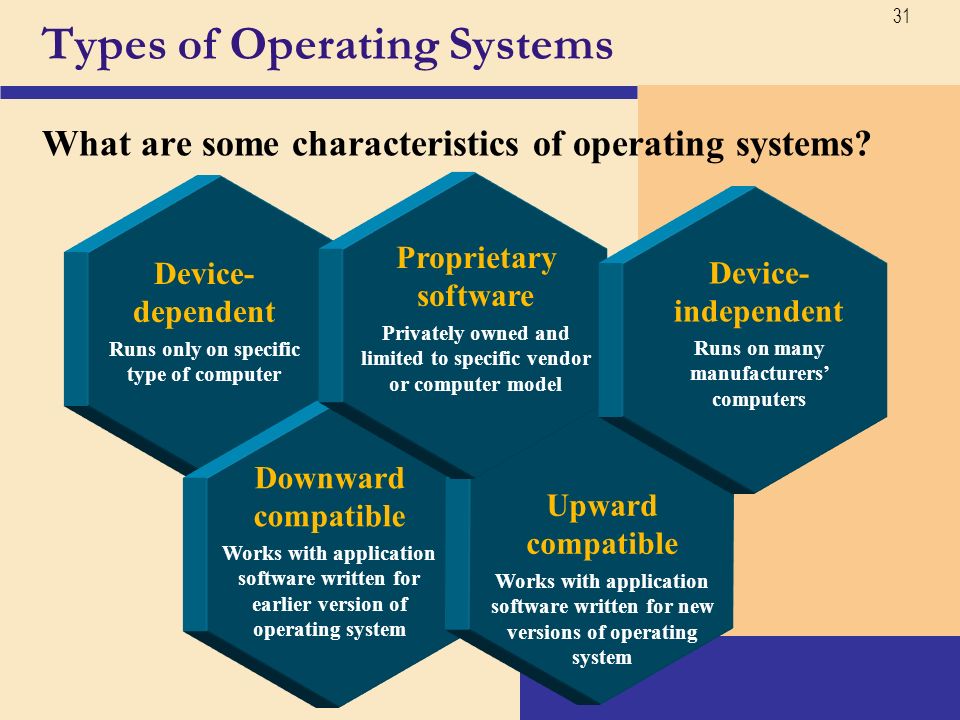 For example, children expressed anxiety about possible danger (meeting with the Wolf) or anxiety associated with the loss of the object of love (death of mother or grandmother). In second place in terms of frequency of occurrence are the need for affection and ambivalence. Ambivalence often manifests itself as a conflict between the need to obey the demands of an adult (go to see grandma) and the child's own desires (go for a walk). nine0003
For example, children expressed anxiety about possible danger (meeting with the Wolf) or anxiety associated with the loss of the object of love (death of mother or grandmother). In second place in terms of frequency of occurrence are the need for affection and ambivalence. Ambivalence often manifests itself as a conflict between the need to obey the demands of an adult (go to see grandma) and the child's own desires (go for a walk). nine0003
According to the author's intention, the image of the Wolf in the test causes a conflict in the child between the control or release of impulses, between aggression and the Super-ego, actualizes oral needs and such a personality trait as dominance. In the Russian sample, the largest number of responses were received for the variable “oral needs”. This is due to the fact that the character of the Wolf is based on an insatiable appetite, he represents the actual or symbolic need to eat or drink in the most primitive form. Many responses were also received for the fear of aggression variable. nine0003
nine0003
Such a character as Gnome serves to explore the child's fear of possible danger and insecurity, the need for affection, coping with danger and the image of the Self. Russian children most often gave answers reflecting an affiliative need.
The sorceress is the antagonist of a positive (both female and childish) character [16]. It can be seen as a forbidding mother complex. A series of pictures with the Sorceress in PST allows you to explore the relationship between mother and child, narcissistic feelings, sibling rivalry, Oedipal feelings, fear of punishment for wrong actions, aggression and self-image. In Russian children, the largest responses were received for the variables “fear of aggression” and “ aggression". nine0003
Giants are the most typical stereotypes of antagonists in fairy tales. Their characteristic features - huge size and strength - automatically define the giant as the enemy of man. The gullible and goofy nature of giants helps mitigate their physical threat somewhat.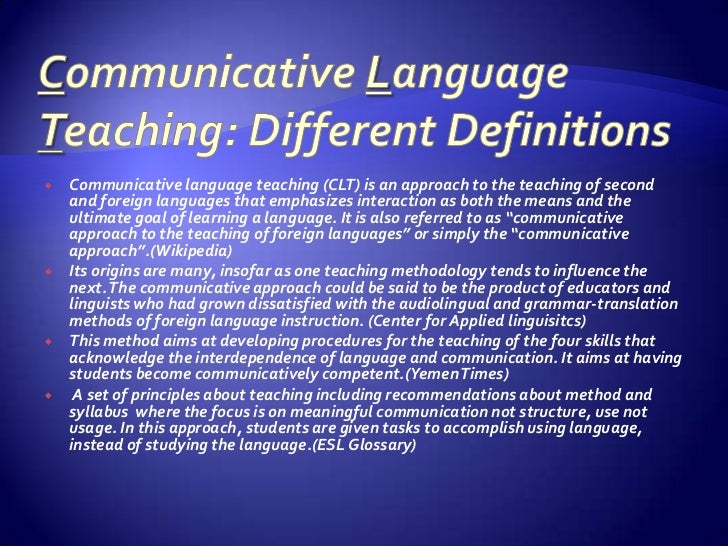 The image of the Giant reveals aggression, the oral needs of the child, the image of I, sexual feelings, the relationship between father and child.
The image of the Giant reveals aggression, the oral needs of the child, the image of I, sexual feelings, the relationship between father and child.
Scenes from the fairy tale "Little Red Riding Hood" most often reflect the relationship between Little Red Riding Hood and her mother, the conflict between pleasure and moral restrictions, fear of rejection and abandonment, depression. Finally, scenes from the fairy tale Snow White and the Seven Dwarfs provoke in the child such themes as the relationship between men and women, the relationship between father and child, the fear of abandonment, the conflict between autonomy and submission, between growing up and the desire to remain a child. nine0003
PERSONAL VARIABLES INVESTIGATED IN THE TEST
As noted above, PST allows us to examine 26 variables, which we have grouped into the following groups.
Variables reflecting the child's emotional problems
Anxiety in the test is expressed in the form of thoughts about impending dangers or threatening events.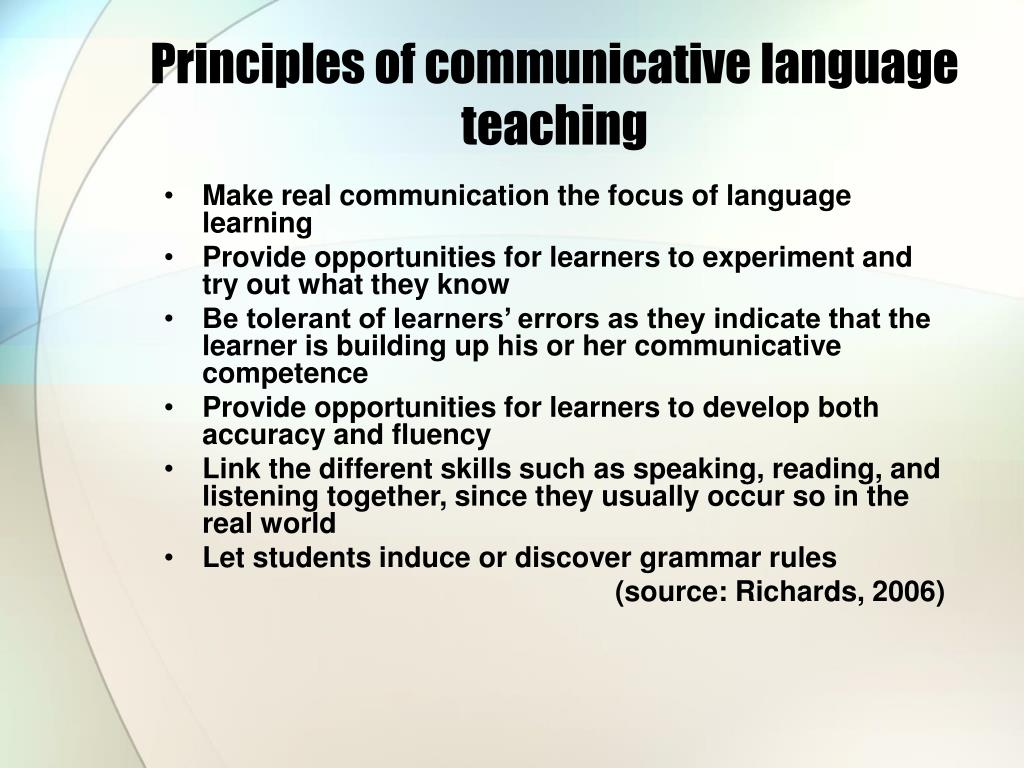 Anxiety differs from the fear of aggression in that the time of possible danger is the future, i.e. there is no real danger. Anxiety can also manifest itself as a preoccupation with achieving a goal, worry about the future and about one's own abilities or someone else's opinion. Different types of anxiety are observed in the responses of children. The most common are the following: anxiety about possible harm / death, illness, deprivation, helplessness, destruction. We have found that PST is very sensitive to childhood anxiety, revealing not only the nature of the anxiety, but also the context in which it occurs. Let's illustrate this with examples. Children may show anxiety in response to several pictures, and in some cases we may even observe its obsessive nature. nine0003
Anxiety differs from the fear of aggression in that the time of possible danger is the future, i.e. there is no real danger. Anxiety can also manifest itself as a preoccupation with achieving a goal, worry about the future and about one's own abilities or someone else's opinion. Different types of anxiety are observed in the responses of children. The most common are the following: anxiety about possible harm / death, illness, deprivation, helplessness, destruction. We have found that PST is very sensitive to childhood anxiety, revealing not only the nature of the anxiety, but also the context in which it occurs. Let's illustrate this with examples. Children may show anxiety in response to several pictures, and in some cases we may even observe its obsessive nature. nine0003
For example, one 12-year-old boy has Little Red Riding Hood “afraid of being late for his grandmother”, “afraid not to do what he needs to do, watch TV, read a book”. In responses to the pictures "Scenes from Little Red Riding Hood" we find the cause of this anxiety, namely, maternal instructions and assessments: "Mom scolds the girl because she was late for dinner, forgot to wash the dishes. " For another boy (also 12 years old), the key word in the stories is "lost". So, “Little Red Riding Hood is lost and she is scared”, “Gnome No. 1 is lost and he is scared”, “Gnome No. 2 is behind the other gnomes and he is afraid”, “The giant is thinking how to get home, he is lost”. Here the child's anxiety is generalized, it shows the child's intense need for security. School anxiety is also reflected in the children’s stories: “Little Red Riding Hood thinks how she would not get a bad mark, as her mother and grandmother will scold”, “Evil witches can conjure, turn people into horror stories so that a person dies or gets a deuce with a stake” (girl, 9years old).
" For another boy (also 12 years old), the key word in the stories is "lost". So, “Little Red Riding Hood is lost and she is scared”, “Gnome No. 1 is lost and he is scared”, “Gnome No. 2 is behind the other gnomes and he is afraid”, “The giant is thinking how to get home, he is lost”. Here the child's anxiety is generalized, it shows the child's intense need for security. School anxiety is also reflected in the children’s stories: “Little Red Riding Hood thinks how she would not get a bad mark, as her mother and grandmother will scold”, “Evil witches can conjure, turn people into horror stories so that a person dies or gets a deuce with a stake” (girl, 9years old).
Fear of aggression is the primary emotion caused by imminent danger or threat. In the test, the fear of aggression reflects the fear of possible attacks, threats, dangers. For example, “The wolf thinks about food, tastes it, he is angry, his teeth are sharp, he is so awesome. I would not want a 30-meter wolf to walk around the planet” (boy, 9 years old).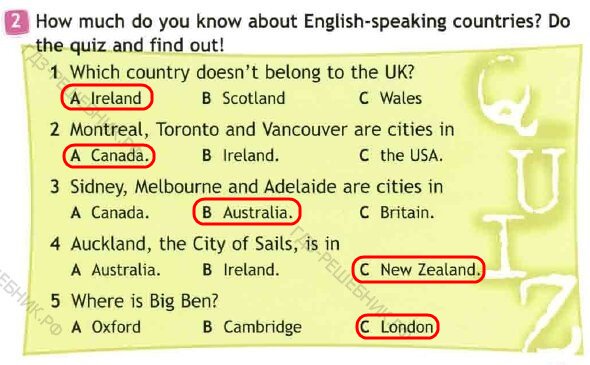
Depression . Responses that reflect depression usually contain expressions of unhappiness, rejection, and loneliness. The projective fairy tale test also provides an excellent opportunity to meaningfully explore the child's depression (note that we are talking about depressive states of a neurotic nature). Let's show this with examples. nine0003
So, almost all stories of one 9-year-old girl are permeated with a pessimistic attitude and expectation of future dangers and failures: “Little Red Riding Hood is frightened by what awaits her ahead”, “The wolf is very thin, because he is hungry, and there is no prey, and is not at home, and the cubs are gone”, “The dwarf is waiting for a meeting with a person who will bring him trouble”, “The sorceress is evil, because she has grown old, she foresees bad things”, “The giant is sad, because he is sick and thinks that he will never recover”. In another case, the depressive state is associated with the child’s disbelief in his own strengths: “The wolf is sad, since Little Red Riding Hood left him”, “The wolf is angry, because he wanted to eat Little Red Riding Hood and grandmother, but he couldn’t get to them”, “Gnome is sad and angry , since he is the smallest”, “The sorceress is evil, because the magic trick did not work out”, “The giant is sad, because he broke the tree, something did not work out” (girl, 10 years old).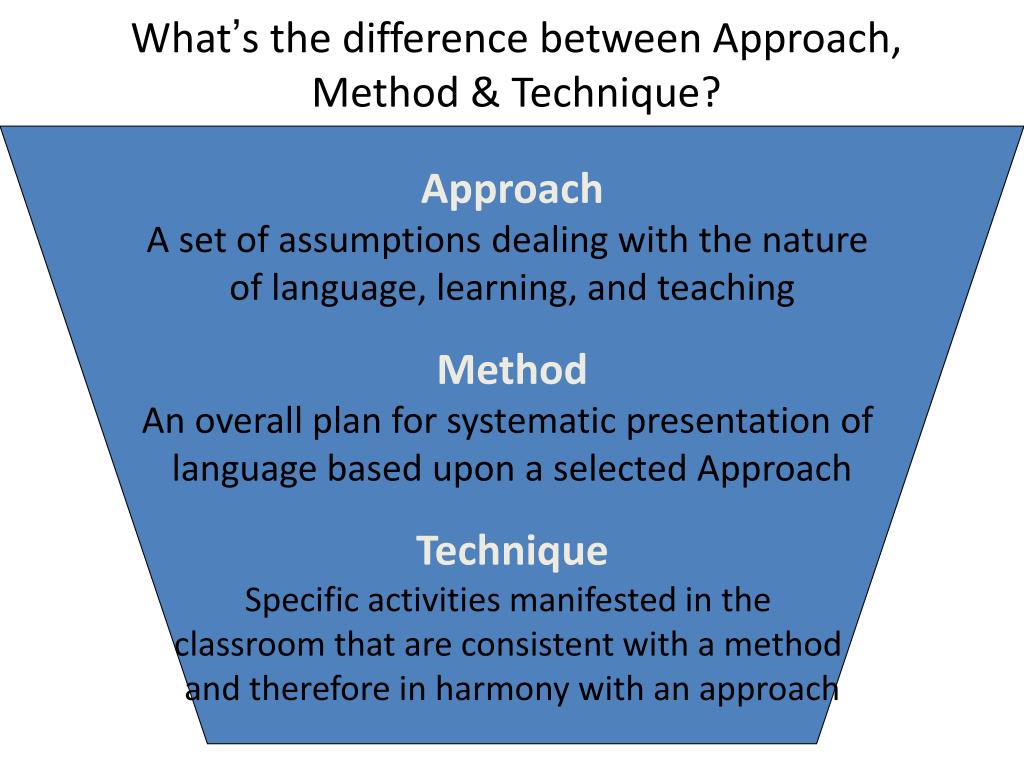 nine0008
nine0008
In some cases, a child’s depression can be caused by an extremely negative self-image, self-abasement, a feeling of loneliness, dysfunctional relationships with peers: “The giant feels the worst, scariest, he is angry, he even wants to kill himself” (girl, 9 years old) . Children use defensive strategies to reduce the intensity of negative experiences. So, a seven-year-old boy in the first picture with a giant says: “The giant thinks that everyone is so small. He is sad that no one sees him and no one will be friends, because they will not notice” - here we see the operation of the projection mechanism. And then, to the second picture with the giant, the child gives the answer "It's good that everyone is so small, I'm stronger than everyone!", Which indicates the mechanisms of compensation and rationalization. nine0003
The child's needs
Desire for material possessions . This variable reflects the child's desire to acquire material things, such as money, toys, clothes, or jewelry: "The dwarf is happy that he got something, such as shoes" (boy, 11 years old).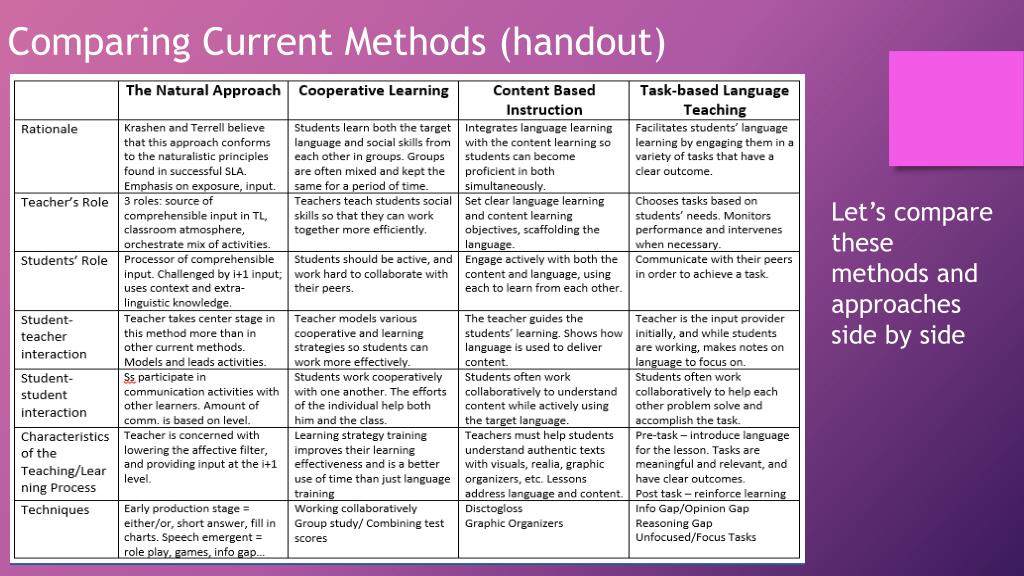 Excessive desire for possession may be the result of some kind of deficiency in the child's life, for example, insufficient satisfaction of his need for love.
Excessive desire for possession may be the result of some kind of deficiency in the child's life, for example, insufficient satisfaction of his need for love.
Feeling of ownership is the definition of the boundary between "mine" and "not mine". In PST, ownership characterizes the child's need to control his own territory, as well as things such as food, personal belongings that have emotional or material value. For example: “The giant is thinking how to catch his victim, since he has a weapon in his hands. Thieves have entered his domain, and he wants to take revenge" (girl, 9years old).
Desire for superiority . In the test, the desire for superiority manifests itself as the desire of the child not to be with everyone, to be unique, which is often achieved through the acquisition of magical or royal status. Example: “The giant is gloomy, angry with everyone, wants everyone to obey, obey, he is the oldest” (boy, 11 years old). An intense manifestation of this need may indicate that the child is not satisfied with his place in the system of interpersonal relations, the degree of his recognition by others (peers and adults), and in some cases indicate pathology.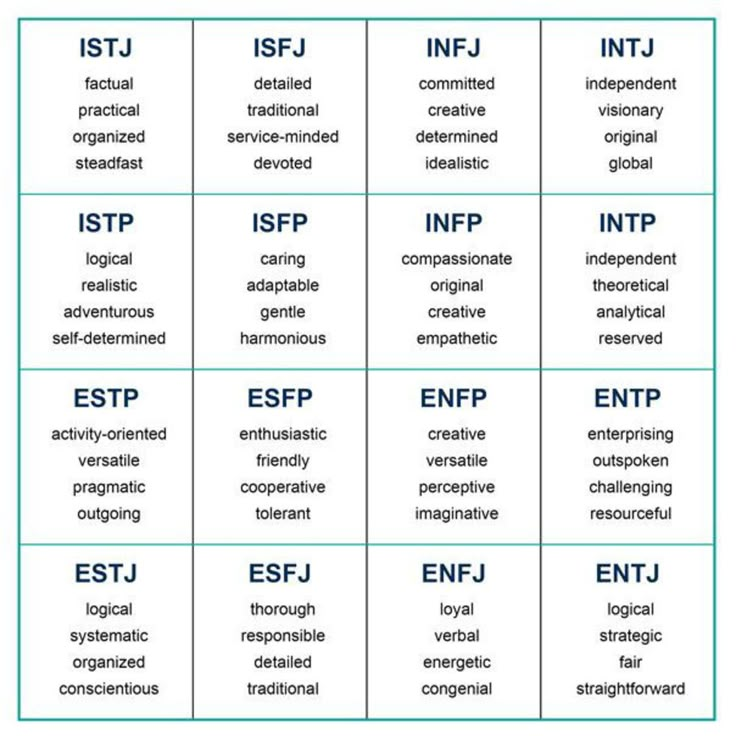 nine0003
nine0003
Oral needs . It is widely known that feeding conditions are one of the fundamental factors in the occurrence of various types of deficiencies in a child. Intense oral needs may speak of the child's early frustrations and symbolically express the child's need for the love of a significant adult. They may also indicate the objective need of the child for food. Here is an example of children's responses that reflect this variable: “The wolf is very hungry, he thinks how I could eat more meaty Little Red Riding Hoods and grandmothers” (boy, 11 years old), “It seems that the wolf wants to eat all the time” (girl, 12 years old ). nine0003
The need to help is the desire to offer help to those in need. “The Giant wants to help people who have problems, like a leaky roof. He feels compassion” (girl, 11 years old). The need to help is similar to the concept of altruism, and although data from different studies are not always consistent with each other, nevertheless, it is assumed that there is a connection between moral reasoning and altruistic behavior.
Affiliative need . Responses are rated as need for acceptance when they reflect the need to be friendly, make friends, become part of a social group, or please someone: “Little Red Riding Hood wants to go home from Grandma as soon as possible. She wants to play with the children, but her grandmother has no one” (girl, 9 years old), “The wolf wants to find a girlfriend, find company” (girl, 7 years old).
Need for affection . It is impossible to talk about the normal psychological state of the child if he is not accepted, not loved, not respected by others and he does not respect himself. A child with a good base to meet the need for security, love, respect is able to resist frustrations and become stronger. The need for affection is reflected in the responses, where the desire to show and receive love is manifested: “The dwarf thinks that Snow White does not get sick, wants to take care of Snow White” (girl, 7 years old). nine0003
Sexual preoccupation manifests itself in responses that reflect the child's interest in topics such as marriage, falling in love, or even sexual attraction and sexual appearance: “The dwarf feels courage, thinks who to marry” (girl, 9 years old).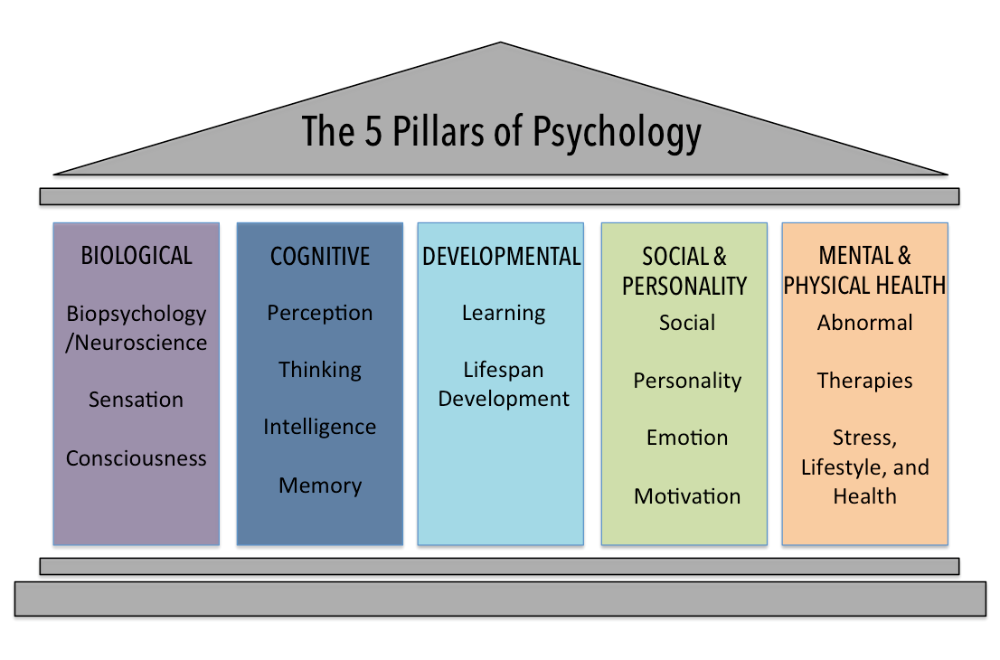
The need for protection is defined as the desire for security and to receive help from others who are perceived by the child as stronger and more powerful. The child may experience this need when looking at the image of one or another character that looks weaker: “The wolf is protecting someone, he is afraid that someone will attack and eat his cubs” (boy, 9years old).
Image and morality
Self-esteem of the child is reflected in the answers that relate to appearance (including clothing), in how the child perceives success and failure, acceptance or non-acceptance by others. The presence of three variants of the image of the hero facilitates the identification of the conflict structure of the image of the child's self through the action of the protective mechanism of splitting.
Thus, a 9;6-year-old girl gives the following answer to the second picture with Little Red Riding Hood: “Little Red Riding Hood thinks how she can deceive someone, set her up, shift her guilt onto someone else. ” On the third picture with Little Red Riding Hood, she says: “Little Red Riding Hood thinks she is kind and brave.” Here we see a reflection of two aspects of the child's self: "I am bad" and "I am good." The same girl answers the picture with the sorceress: “The sorceress is thinking how to find some girl and raise her badly.” Here, using the projection mechanism, the child is trying to transfer responsibility for the negative aspects of his Self to another. In other cases, we can observe some of the child’s behavioral strategies, for example, aggression caused by a sense of his own inadequacy: “The giant thinks how to hit, feels angry at everyone, that he is not like everyone else, but big” (boy, 11 years old). nine0008
” On the third picture with Little Red Riding Hood, she says: “Little Red Riding Hood thinks she is kind and brave.” Here we see a reflection of two aspects of the child's self: "I am bad" and "I am good." The same girl answers the picture with the sorceress: “The sorceress is thinking how to find some girl and raise her badly.” Here, using the projection mechanism, the child is trying to transfer responsibility for the negative aspects of his Self to another. In other cases, we can observe some of the child’s behavioral strategies, for example, aggression caused by a sense of his own inadequacy: “The giant thinks how to hit, feels angry at everyone, that he is not like everyone else, but big” (boy, 11 years old). nine0008
Morality . This variable is similar to Freud's Superego, i.e. represents that part of the ego from which self-observation, self-criticism and other reflective abilities develop. Moral responses cover topics such as punishment, guilt, self-blame, and the dilemma between right and wrong.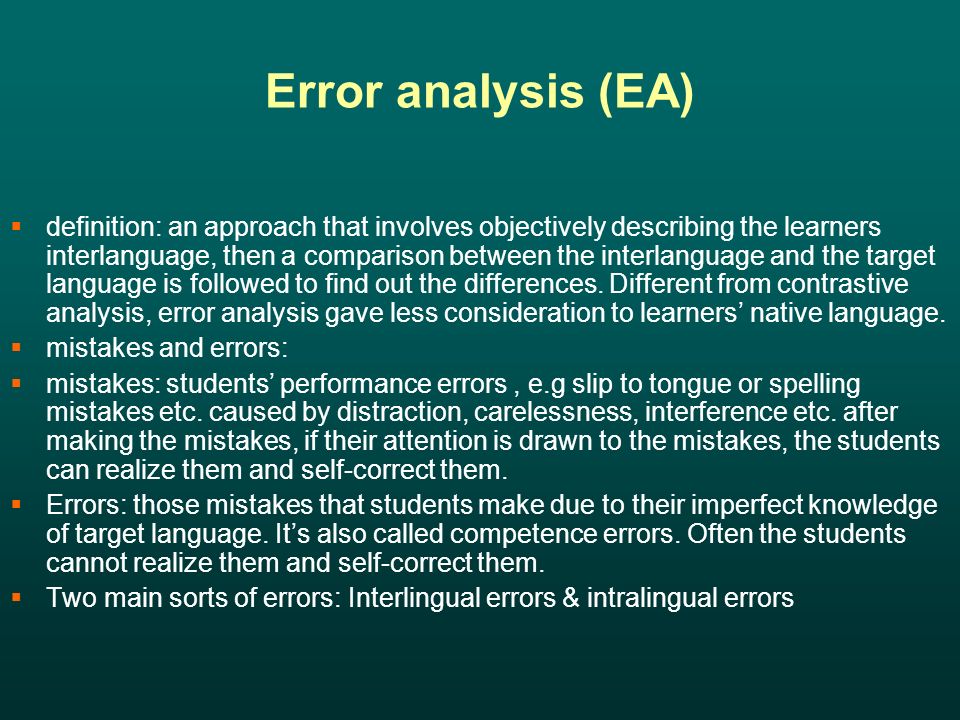 For example: “Little Red Riding Hood came home, she is ashamed that she did not bring the pies” (boy, 12 years old).
For example: “Little Red Riding Hood came home, she is ashamed that she did not bring the pies” (boy, 12 years old).
AGGRESSION
The test measures several types of aggression: aggression as dominance, type B aggression (defensive aggression, aggression as envy or revenge), type A aggression, which is unmotivated, and oral aggression. Let us describe these variables in more detail. nine0003
Aggression as dominance . This is perhaps the first type of aggression by which the child learns to control the environment and achieve a sense of security; it manifests itself as a desire to control the environment, influence or direct the behavior of others, dissuade, restrict or prohibit, dominate or assert oneself by aggressive means: “The sorceress wants to kill all the young, she does not like them, she wants to exterminate all people and create her own state in order to dominate (boy, 11 years old). nine0003
Type B aggression appears only as a reaction to an external source of irritation, for example, it is directed against someone who is supposed to harm himself or others.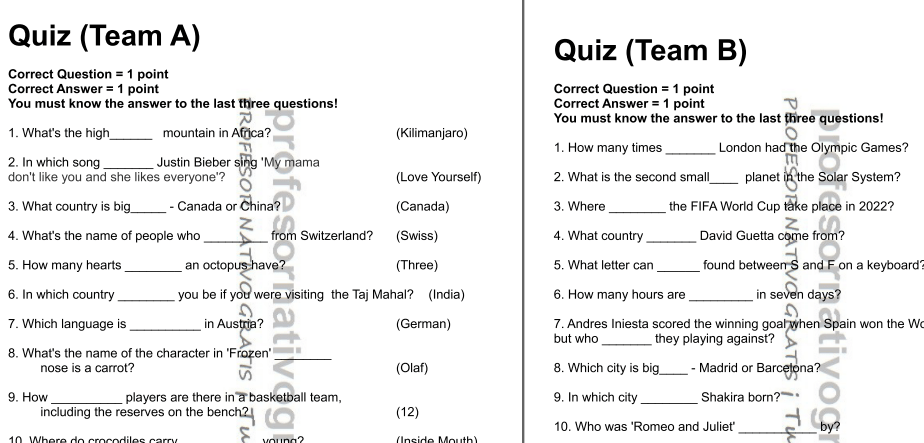 It is expressed in the form of protection, envy, revenge. Type B protects the Ego from the aggression of others [8]: “The giant thinks how to kill someone. His relatives were killed” (boy, 12 years old).
It is expressed in the form of protection, envy, revenge. Type B protects the Ego from the aggression of others [8]: “The giant thinks how to kill someone. His relatives were killed” (boy, 12 years old).
Type A aggression includes reactions that are due to internal motives or personal reasons. According to A. Freud [8], this is a direct discharge of aggressive fantasies or impulses. In most cases, the child is unable or simply refuses to explain the aggressive response. Sometimes such explanations are offered as “because he or she is evil, bad, vicious, etc.” 7 years). nine0003
Oral aggression is the most archaic type of aggression that occurs at the oral stage of development. It refers to "oral sadism", which is associated with the desire to destroy an object. At the same time, “the libidinal desire to suck is accompanied by a destructive desire to inhale, empty, deplete in the process of sucking” [13]. Typical expressions of oral aggression include such verbs as bite, chew, tear, swallow, separate someone, grind teeth: “The witch wants to tear someone to pieces, some beauty, because she is evil” (girl, 9years old).
RELATIONSHIPS WITH PARENTS
Relations with mother can be both positive and negative. They are seen as negative if the mother appears strict, punishing, rejecting, or intimidating, and as positive if the mother appears supportive, loving, and encouraging. Children often said that mother scolds Little Red Riding Hood for breaking a vase, disobeying mother, talking to the Wolf in the forest. One girl philosophically remarked: “Lord, mothers still scold for nothing!” nine0003
Relationship with father . This variable appears quite rarely. We found that some children reflected both real and desired situations: “Snow White didn’t have a dad, and she dreams that she has a dad, and he tells her that when she is an adult, you need to behave in such a way that her respected and loved."
In addition to the personality variables described above, the test measures such characteristics of children's responses as ambivalence , adaptation to the content of a fairy tale , repeats and original responses .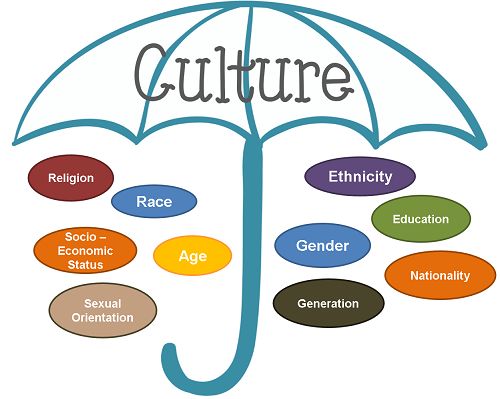 The variable "adaptation to the content of the fairy tale" reflects the child's ability to coordinate his answer with the content of the fairy tale. It shows the level of reality testing in the child, i.e. his ability to distinguish between mental images and external objects, fantasy and reality, to correct subjective impressions regarding external facts (in our case, regarding the content of a fairy tale).
The variable "adaptation to the content of the fairy tale" reflects the child's ability to coordinate his answer with the content of the fairy tale. It shows the level of reality testing in the child, i.e. his ability to distinguish between mental images and external objects, fantasy and reality, to correct subjective impressions regarding external facts (in our case, regarding the content of a fairy tale).
Table Correlation analysis of the results obtained according to the PST and the Beck questionnaire
Retest reliability measured at two month intervals. Good retest reliability was found on the scales "ambivalence", "fear of aggression", "oral needs", "anxiety" and "adaptation to the content of a fairy tale". However, the results of the reliability study should be used with caution, as the sample of subjects was small (50 children).
On the Russian sample, we conducted a study of the construct validity of the test. To do this, it was necessary to choose a test that measures similar constructs, and at the same time, the validity and reliability of which are already well studied. We chose the Beck Youth Inventories of Emotional & Social Impairment as such a test. This questionnaire has been used for research purposes only with the permission of A Harcourt Assessment Company. The Beck Inventory consists of five scales: "self-esteem", "anxiety", "depression", "aggression" and "deviant behavior". We assumed that the results obtained on such variables as self-esteem, aggression (type A), anxiety and depression would be positively correlated with the corresponding scales of the Beck questionnaire. The study involved 60 children 9-12 years old.
We chose the Beck Youth Inventories of Emotional & Social Impairment as such a test. This questionnaire has been used for research purposes only with the permission of A Harcourt Assessment Company. The Beck Inventory consists of five scales: "self-esteem", "anxiety", "depression", "aggression" and "deviant behavior". We assumed that the results obtained on such variables as self-esteem, aggression (type A), anxiety and depression would be positively correlated with the corresponding scales of the Beck questionnaire. The study involved 60 children 9-12 years old.
Our results (see table) show that PST has satisfactory validity for variables such as anxiety, self-esteem, depression, and aggression. Thus, scores on the depression scale of the Beck questionnaire indicate a positive correlation with scores on such PST variables as depression, aggression (type A) and anxiety. At the same time, a negative correlation was found between indicators on the “depression” scale (Beck questionnaire) and indicators of self-esteem and the need for superiority (according to PST). These results are highly consistent. It is known that depression is associated with low self-esteem and is often accompanied by high anxiety and increased aggression. Indicators of aggression (PST) show a positive correlation with the "aggression" and "deviant behavior" scales of the Beck questionnaire. Interestingly, the indicators of the Beck Self-Esteem Scale show a positive correlation with self-esteem and a negative correlation with aggression (PST). Here we also see direct and indirect confirmation of the validity of PST. Indeed, people with high self-esteem are less prone to aggressive responses. On the contrary, low self-esteem is often the cause of increased aggression, which in this case is defensive. nine0003
These results are highly consistent. It is known that depression is associated with low self-esteem and is often accompanied by high anxiety and increased aggression. Indicators of aggression (PST) show a positive correlation with the "aggression" and "deviant behavior" scales of the Beck questionnaire. Interestingly, the indicators of the Beck Self-Esteem Scale show a positive correlation with self-esteem and a negative correlation with aggression (PST). Here we also see direct and indirect confirmation of the validity of PST. Indeed, people with high self-esteem are less prone to aggressive responses. On the contrary, low self-esteem is often the cause of increased aggression, which in this case is defensive. nine0003
CONCLUSION
The Projective Fairy Tale Test is a novel technique that examines children's needs, conflicts, and defense mechanisms. This test is standardized and has satisfactory psychometric characteristics, which distinguishes it from many other projective methods. However, like any diagnostic tool, PST has not only advantages, but also disadvantages. First of all, attachment to a psychoanalytic interpretation narrows the scope of the interpretation of the test, especially since the nature of children's answers is often a reflection not of an unconscious and repressed experience, but of the child's very real life situations. In addition, in some cases it can be quite difficult to determine which character the child identifies with (for example, with the Wolf or Little Red Riding Hood, with the Witch or the victim). In this case, there is a danger of incorrectly encoding responses. So, one and the same answer (for example, “The witch is evil, she wants to destroy everyone”) can be coded as “aggression” and as “fear of aggression”, depending on whether the child identifies with the aggressor or the victim. The author of the test gives recommendations on how to determine which character the child identifies with (although in some cases they are not enough).
However, like any diagnostic tool, PST has not only advantages, but also disadvantages. First of all, attachment to a psychoanalytic interpretation narrows the scope of the interpretation of the test, especially since the nature of children's answers is often a reflection not of an unconscious and repressed experience, but of the child's very real life situations. In addition, in some cases it can be quite difficult to determine which character the child identifies with (for example, with the Wolf or Little Red Riding Hood, with the Witch or the victim). In this case, there is a danger of incorrectly encoding responses. So, one and the same answer (for example, “The witch is evil, she wants to destroy everyone”) can be coded as “aggression” and as “fear of aggression”, depending on whether the child identifies with the aggressor or the victim. The author of the test gives recommendations on how to determine which character the child identifies with (although in some cases they are not enough).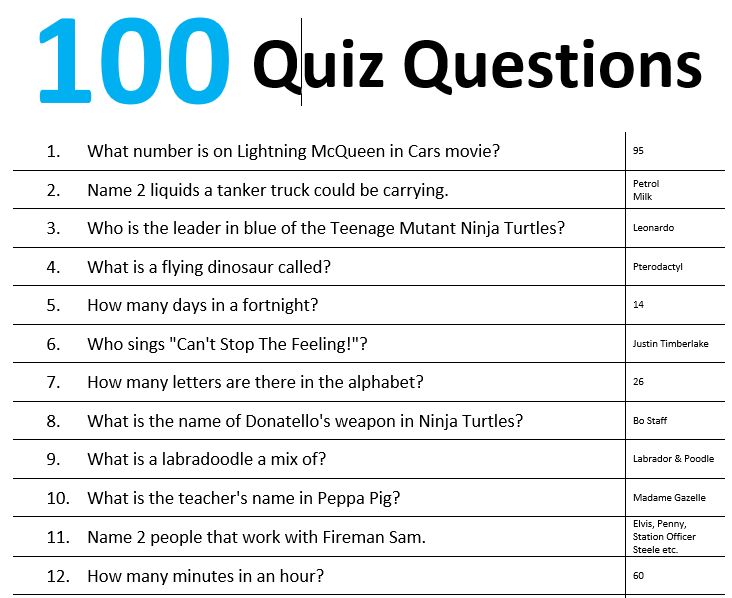 We also found that Russian children often gave the following answers: a hero (for example, a dwarf) wants to do something, and he will definitely succeed (or not succeed). These answers indicate the child's self-confidence, but this variable was not identified by the author of the test. Of course, you can code responses of this kind as "self-esteem", but self-esteem and self-confidence are not identical concepts. nine0003
We also found that Russian children often gave the following answers: a hero (for example, a dwarf) wants to do something, and he will definitely succeed (or not succeed). These answers indicate the child's self-confidence, but this variable was not identified by the author of the test. Of course, you can code responses of this kind as "self-esteem", but self-esteem and self-confidence are not identical concepts. nine0003
Despite the remarks made, the test provides an excellent opportunity to explore the child's inner world, his fears and anxiety, and allows you to assess the level and nature of the child's aggression. Working with PST, the psychologist will be able to see what defensive strategies the child uses to cope with his own anxiety or aggression, how he treats himself. Undoubtedly, the Projective Fairy Tale Test will significantly enrich the tools used by Russian psychologists and will make it possible to obtain objective and reliable information about the child's personality. nine0003
nine0003
- Kolakoglou K. Projective Fairy Tale Test: A Guide to Application / Per. and adaptation by E.A. Savina. M.: Kogito-Centre, 2003.
- Bettelheim if. The uses of enchantment: The meaning and importance of fairy tales. L.: Thames and Hudson, 1976.
- Coulacoglou C. The cross-cultural and clinical values of fairy tales and the Fairy Tale Test // SIS J. Projective Psychol. and mental health. 2000. V. 7. N 1. P. 27-38. nine0271 Coulacoglou C, Kline P. The Fairy Tale Test: A novel approach in projective assessment // Brit. J. Projective Psychol. 1995. V. 40. N 2. P. 10-32.
- Cramer P. The development of defense mechanisms: Theory, research and assessment. N.Y.: Springer Verlag, 1992.
- Dieckmann N. Twice-told tales: The psycholog ical use of fairy tales. Illinois: Chiron Publ., 1986.
- Freud A. Normality and pathology in childhood. L.: Karnas Books, 1989.
- Freud A.
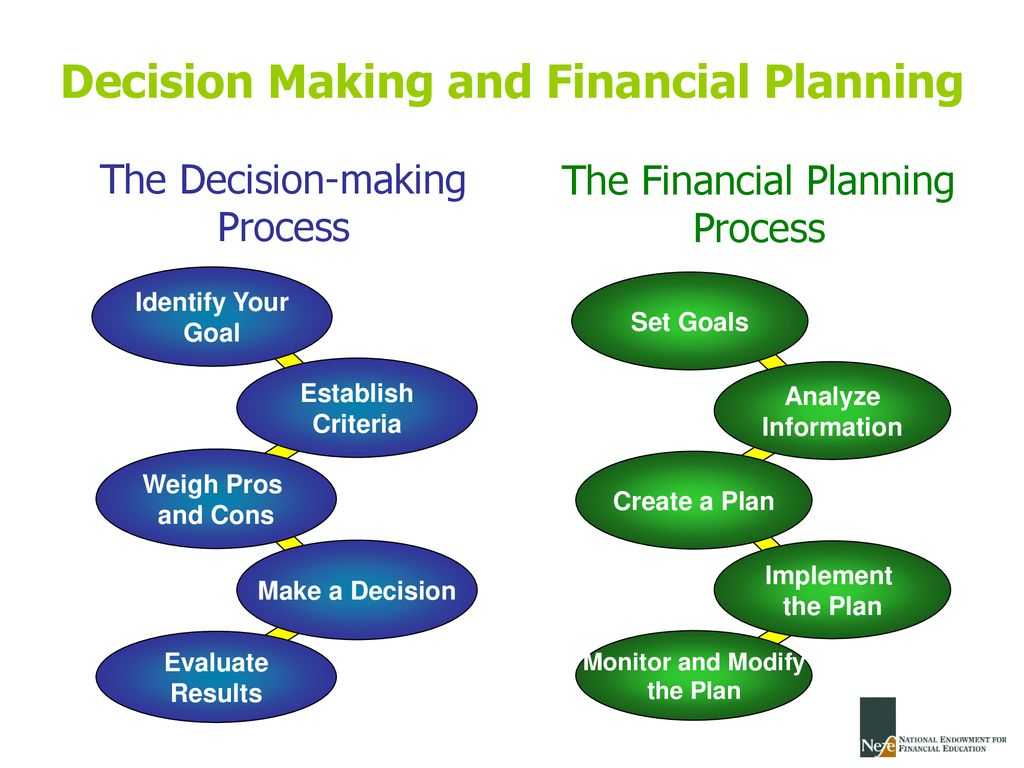 The writings of Anna Freud. V. VIII. 1970-1980. N.Y.: Inter. Univ. Press., Inc., 1981.
The writings of Anna Freud. V. VIII. 1970-1980. N.Y.: Inter. Univ. Press., Inc., 1981. - Freud S. Introduction a la psychanalysis. P.: Payot, 1916.
- Fromm E. The forgotten language: An introduction to the understanding of dreams, fairy tales and myths. N.Y.: Holt, Rinehart and Winston, 1951.
- Kaes R. Contes et divans (fairy tales and couches). P.: Dunod, 1989. nine0271 Kast V.Mitchen als Therapie.MiEnchen: Deutscher Taschenbuch Verlag, 1989.
- Klein M. The psychoanalysis of children. L.: Virago Press, 1989.
- Roheim G. Fairy tales and dream // The psychoanalytic study of the child. V. III. N.Y.: Inter. Univ. Press, 1953.
- Shapiro R., Katz C.L. Fairy tales, splitting and development // Contemporary Psychoanalysis. 1978. V. 14. N 4. P. 591-602. nine0271 Thomas J. Inside the wolf belly. Sheffield Acad. Press, 1989.
- von Franz M.
 L. Interpretation of fairy tales. Texas: Spring Publ., 1982.
L. Interpretation of fairy tales. Texas: Spring Publ., 1982.
Detailed article was taken from the website of the publishing house Kogito-center
description, where to get in Russia, prospects
Higher education in Synergy: leading university, all forms of education, star teachers
Apply
Advertising
Category: Transport: land, air, water
Aircraft orientation, navigation and stabilization instrument engineer is a highly specialized specialist engaged in the development and practical operation of navigation, geopositioning and stabilization equipment in the aviation and aerospace industries. Such specialists are engaged in both theoretical development and practical application of the corresponding equipment.
close
Advertising
On the profession
universities 22
What exam to take
salaries: how much does an engineer receive on orientation devices, navigation and stabilization of aircraft
*Beginner 35000 per month
Professional: 50000 per month
* - information on salaries is given approximately based on vacancies on profiling sites. Salary in a particular region or company may differ from those given. Your income is greatly influenced by how you can apply yourself in the chosen field of activity. Income is not always limited only by the fact that you are offered vacancies in the labor market. nine0003
Salary in a particular region or company may differ from those given. Your income is greatly influenced by how you can apply yourself in the chosen field of activity. Income is not always limited only by the fact that you are offered vacancies in the labor market. nine0003
Demand for the profession
Demand for the profession is average. Currently, the aviation industry of the Russian Federation is experiencing certain difficulties and cannot provide highly paid jobs for all specialists. In operating companies, the situation is somewhat better. In ground airfield services, such specialists are in demand, however, the labor market is small and the competition on it is quite high.
Who is suitable for the profession
The profession of an engineer in attitude control, navigation and stabilization of aircraft is related to aviation and spacecraft. The profession is quite rare and interesting. This specialization is suitable for those who:
- Interested in scientific activities;
- Interested in exact sciences;
- Interested in aviation and space;
- Mobile, able to solve complex technical problems on the road;
- Has a broad outlook, inquisitive.
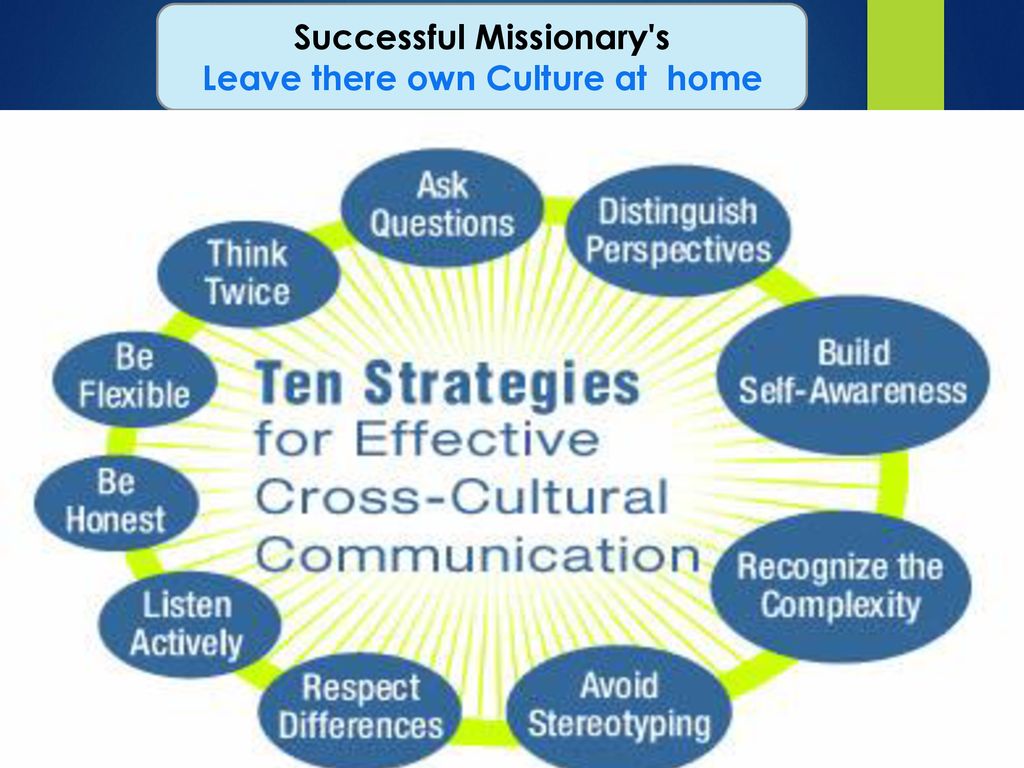
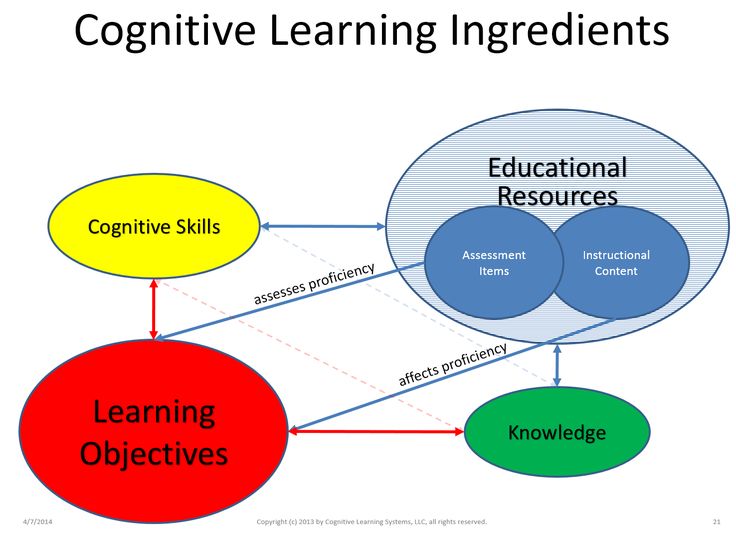 2 (5.2)
2 (5.2)
